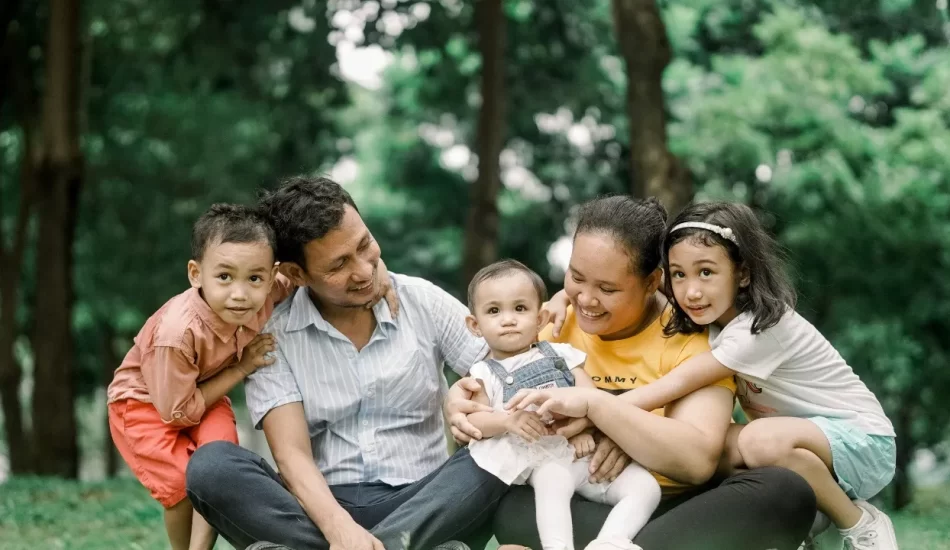Comprehensive Guide to the V Visa: Reuniting Families in the U.S.

Specifically designed to enable family reunions in the United States, the V visa is a unique form of nonimmigrant visa. Designed under the Legal Immigration Family Equity (LIFE) Act, the V visa allows spouses and minor children of lawful permanent residents (LPRs) to live and work in the United States while their immigrant visas are being processed. The V visa will be thoroughly explored in this guide together with qualifying criteria, application processes, and frequently asked questions.
What is the V Visa?
The V visa was designed to reduce the prolonged waiting times that sometimes separate families during the immigration procedure. It lets LPRs’ minor children (V-2 visa) and spouses (V-1 visa) enter the United States as nonimmigrants and stay until their status can be changed to lawful permanent residents.
Important Information on the V Visa
Family Nonimmigrant Visa for the U.S.: By letting families reside together in the United States while their immigrant visas are being handled, the V visa is especially meant to help reunite families.
Employment Authorization: V visa holders are qualified to apply for work authorization, allowing them to work lawfully in the United States.
Education Access: Children on V visas can attend American schools, guaranteeing stability and consistency in their education.
Eligibility for V Visa

People must satisfy these requirements to be eligible for a V visa:
- The main applicant has to be the minor child or spouse of a lawful permanent resident.
- The LPR had to have petitioned immigration visas (Form I-130) for their family members on or before December 21, 2000.
- The immigrant visa petition needs to have been waiting for at least three years.
Particulars for Children and Couples:
- For spouses of LPRs, a V-1 visa.
- For single children under the age of 21 of LPRs, V-2 visa.
The V Visa Application Process
Filing the Immigrant Petition:
The LPR’s initial action in the V visa procedure is submitting an immigrant visa petition (Form I-130) for their spouse or children. This petition had to be submitted on December 21, 2000, or earlier and has been pending for at least three years.
Applying for the V Visa:

The qualified family members might seek the V visa once the immigrant visa petition has been waiting three years. The application process consists of filing Form I-539 (Application to change or extend nonimmigrant status.)
- Including proof of the pending I-130 petition, relationship to the LPR, and identity documents.
- Submitting supporting documents.
- Application fees have to be paid at filing.
Attending the Visa Interview:
Applicants may have to show up for an interview at a consulate or U.S. embassy. They will have to supply biometric data and respond to inquiries concerning their eligibility during the interview.
Undergoing a Medical Examination:
Every application for the V visa has to go through a medical examination carried out by a panel physician authorized by the consulate or embassy of the United States. The medical check guarantees that the applicant does not have any medical condition that would endanger public health in the United States. Usually, the examination consists of:
- An examination of the applicant’s medical history.
- A physical examination.
- Chest X-rays.
- Blood tests are particular to specific disorders.
The panel physician will send the findings of the medical examination straight to the U.S. consulate or embassy. Applicants should bring any pertinent medical records to the test and make sure they have all needed vaccines current.
Benefits of the V Visa
Reunification: The V visa primarily helps with family reunions, allowing families to live together in the United States while they wait for their immigrant visas.
Work Authorization: V visa holders can seek work authorization, enabling them to support their families financially.
Education: Youngsters can go to American schools and continue their studies there.
Applying for a V Visa: Tips and Advice

Starting Early:
Make sure the immigrant visa petition is filed right away. The waiting time for the V visa starts sooner the sooner the petition is filed.
Prepare Documents:
Get every necessary document, including proof of the pending I-130 petition, identity papers, and evidence of a relationship. Having them available will help the application process run more smoothly.
Need Legal Assistance:
Immigration law is sometimes complicated. To ensure your application is accurate and thorough, consider consulting an immigration attorney.
Additional Details on Related Visas
Although the V visa is designed especially for families of lawful permanent residents awaiting their immigrant visas, there are additional visas related to family reunion and nonimmigrant status that may be of relevance:
- S1V Visa: Designed for family members of crime victims who assist law enforcement.
- V-92 Visa: As mentioned, this is for illegal immigrants or family members of refugees.
- LPR Visa: Visits for lawful permanent residents.
- Family Nonimmigrant Visa for the U.S.: Comprising several visas meant to unite families, including the K visa for fiancés.
Recognizing Visas: Immigrant vs. Nonimmigrant
The U.S. immigration system depends critically on the difference between immigrant and nonimmigrant visas:
- Immigrant Visa: Designed for those who intend to live permanently in the United States. Included are employment-based and family-sponsored visas.
- Nonimmigrant Visa: Designed for people intending temporary residence in the United States. Among the examples are student visas (F-1), tourist visas (B-1/B-2), and the V visa.
Family Reunion Visa US

Immediate family members of U.S. citizens and lawful permanent residents may enter the country using the Family Reunion Visa U.S. This group comprises several visas meant to let families remain together despite immigration restrictions.
Legal Immigration Family Equity Act (LIFE Act)
The Legal Immigration Family Equity Act, also known as the Family Equity Act, was a legislative reaction to the prolonged waiting times for family-based immigration petitions. It proposed the V visa and other clauses to enable families to stay together while their immigration cases are in progress.
Permanent Resident Petition for a Child Over 21
Lawful permanent residents can ask to have their children immigrated to the United States over 21 years old. However, this procedure does not apply to the V visa. Instead, the child will wait for an immigrant visa to be granted.
Visa vs. Green Card
It’s important to know the differences between a visa and a green card:
- Green Card: Shows legal, permanent residence in the United States.
- Visa: Permission allowing one to enter the United States for a designated use and length of stay.
The Role of Legal Spouses in Immigration
Spouses of U.S. citizens and lawful permanent residents have several immigration visas available. Particularly helping those separated by lengthy processing times, the V visa lets them be with their family sooner.
Conclusion
Although navigating the complexity of U.S. immigration law can be difficult, understanding the V visa can enable families to remain together throughout the prolonged wait for permanent residence. At Passage Law, our first concern is helping you at every level. Visit our website now to start your application process and learn more. Visit Passage Law to arrange a consultation and for further details. Let us assist you in being with your loved ones once more and give you the resources you need to navigate the immigration process effectively.
